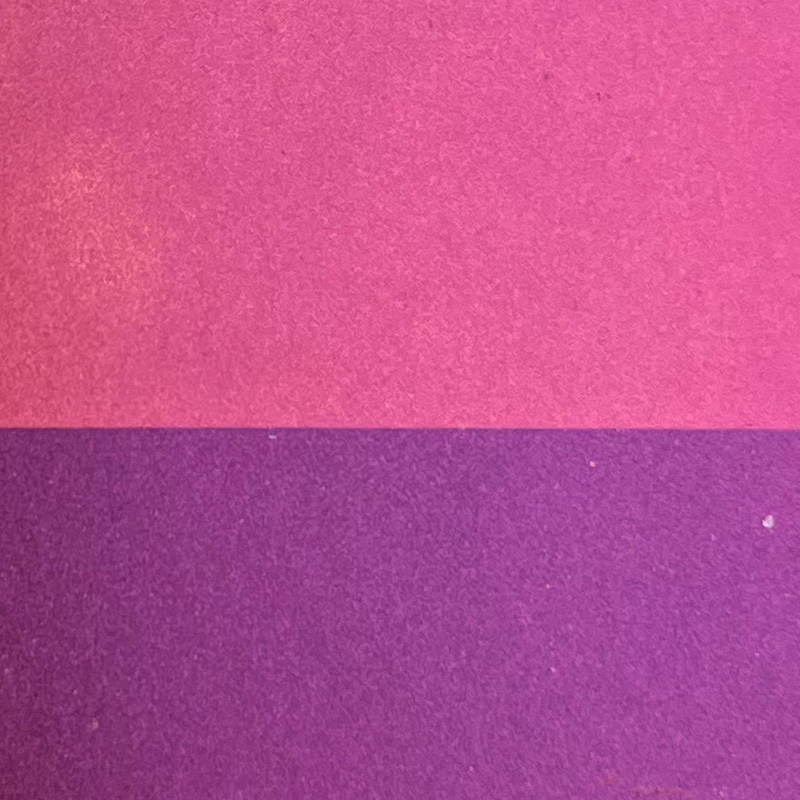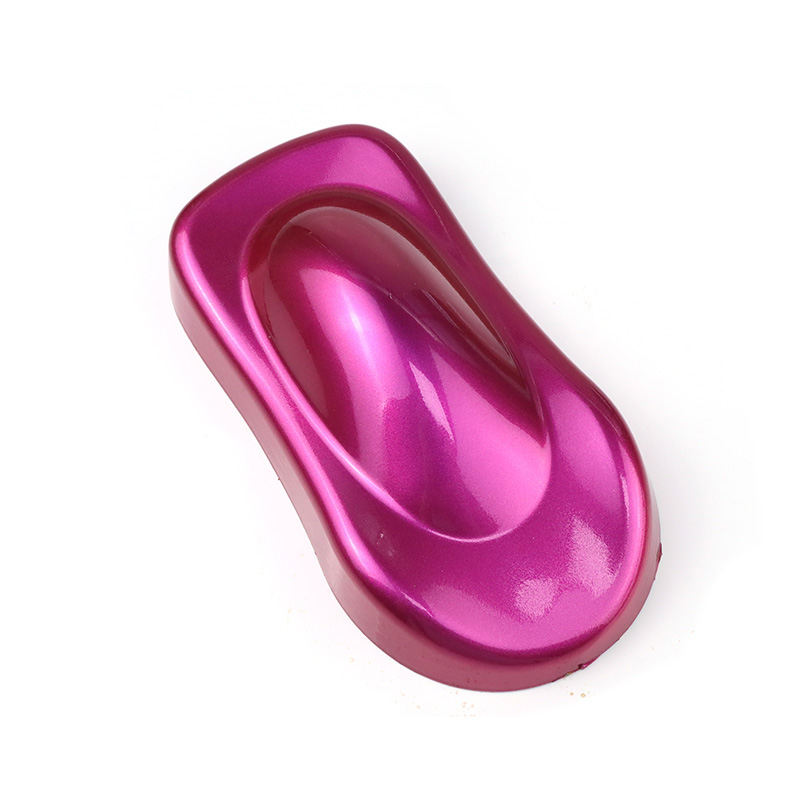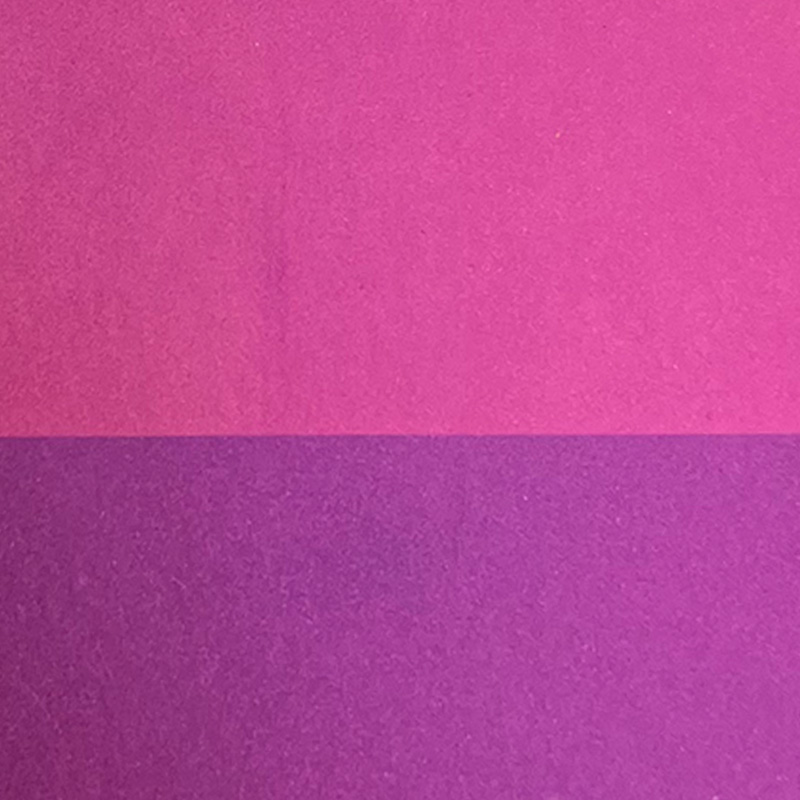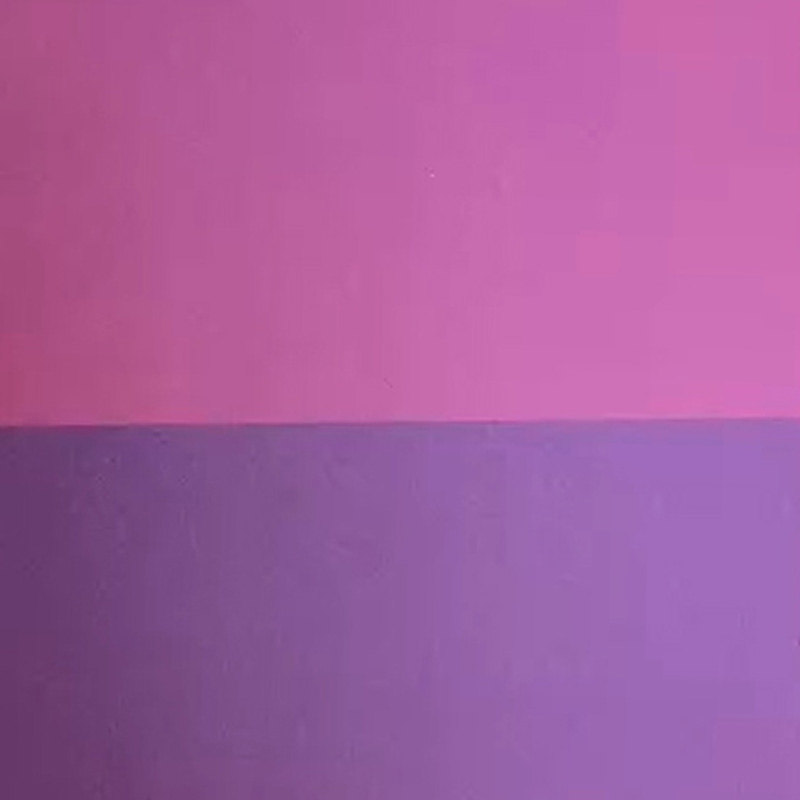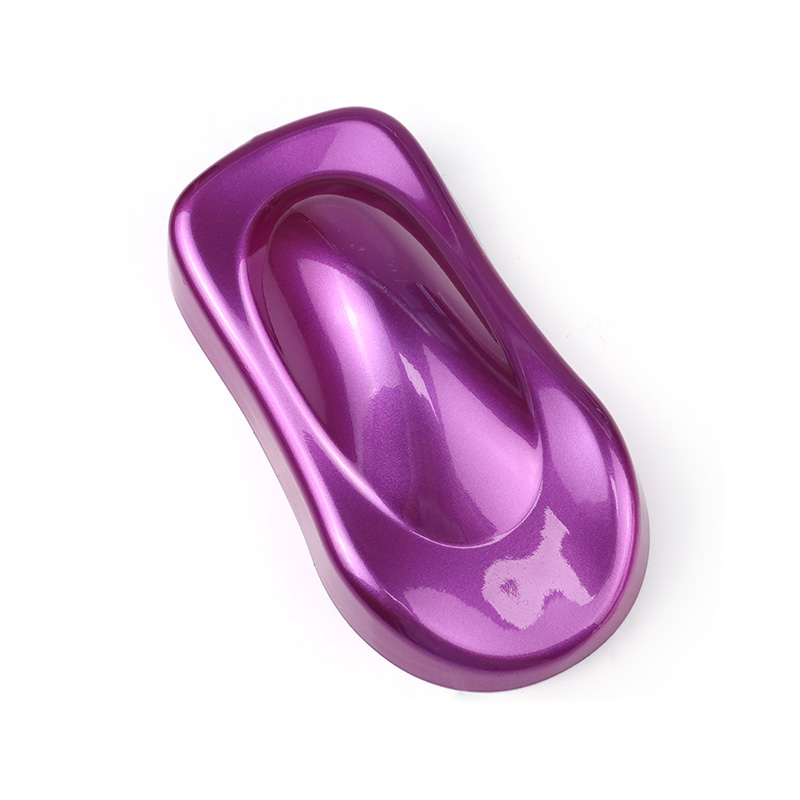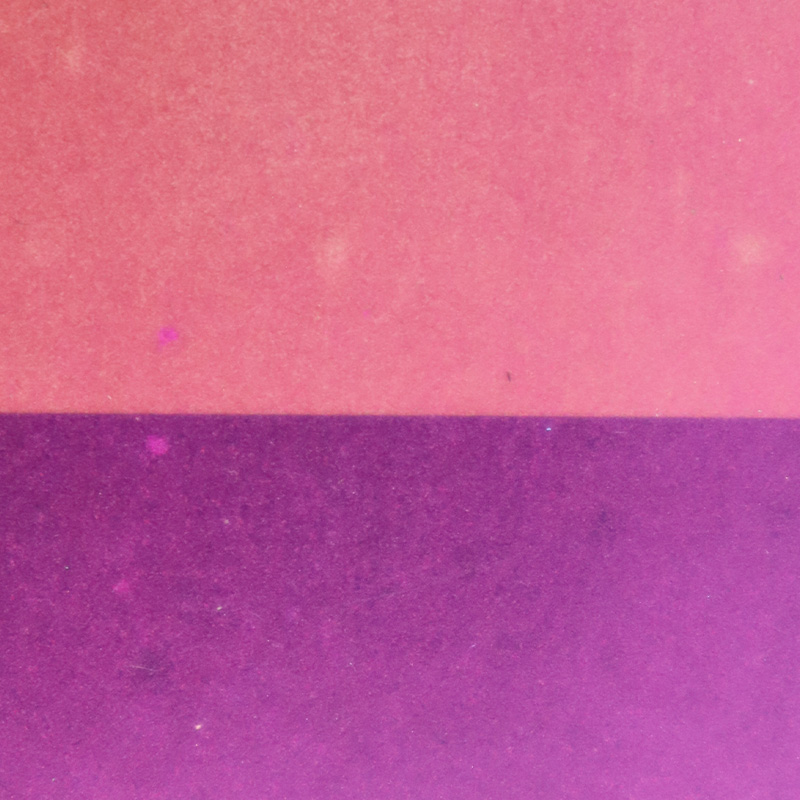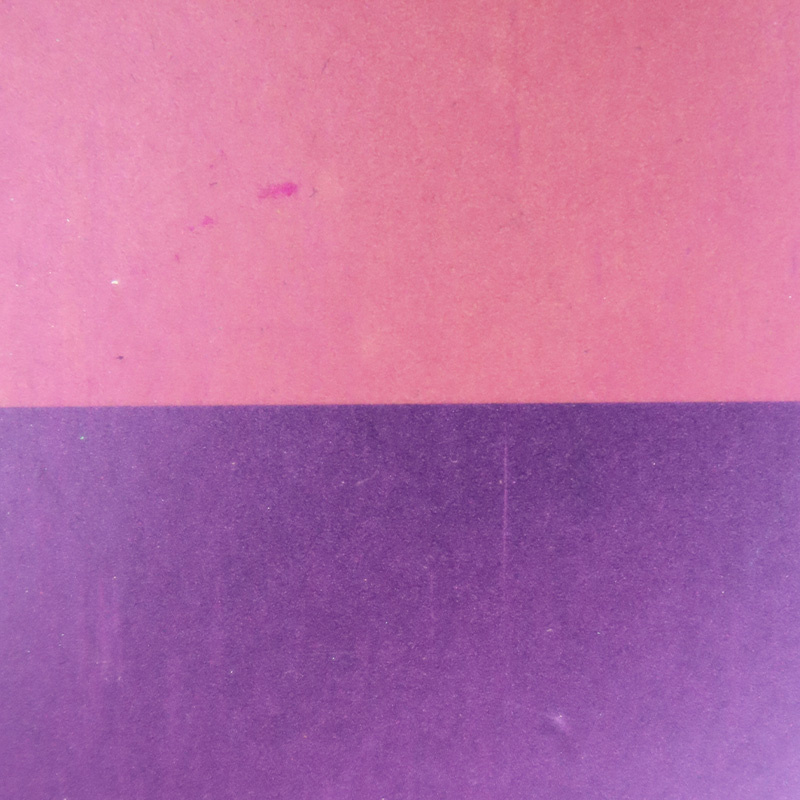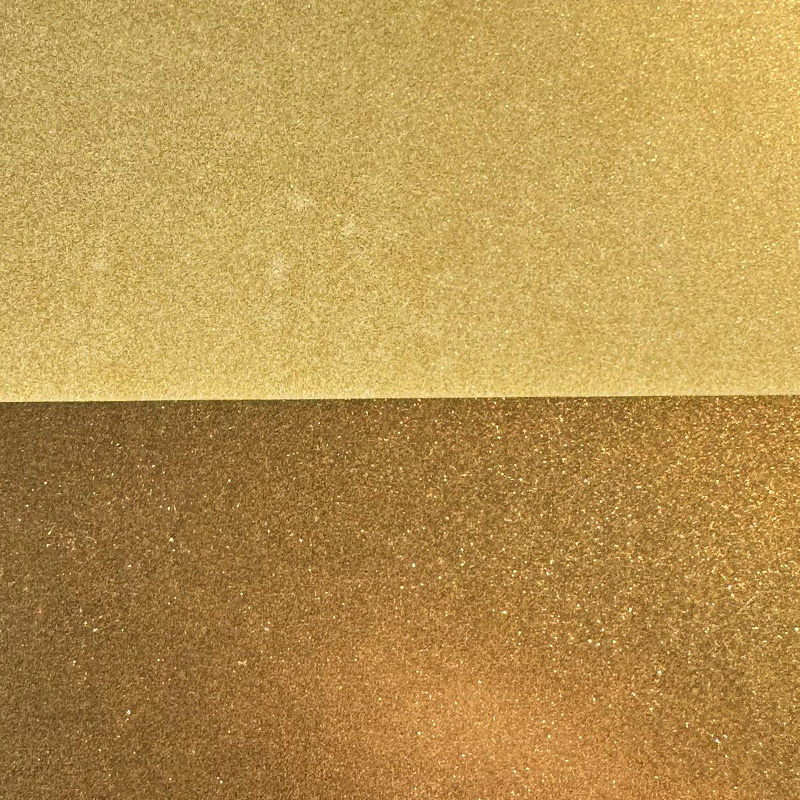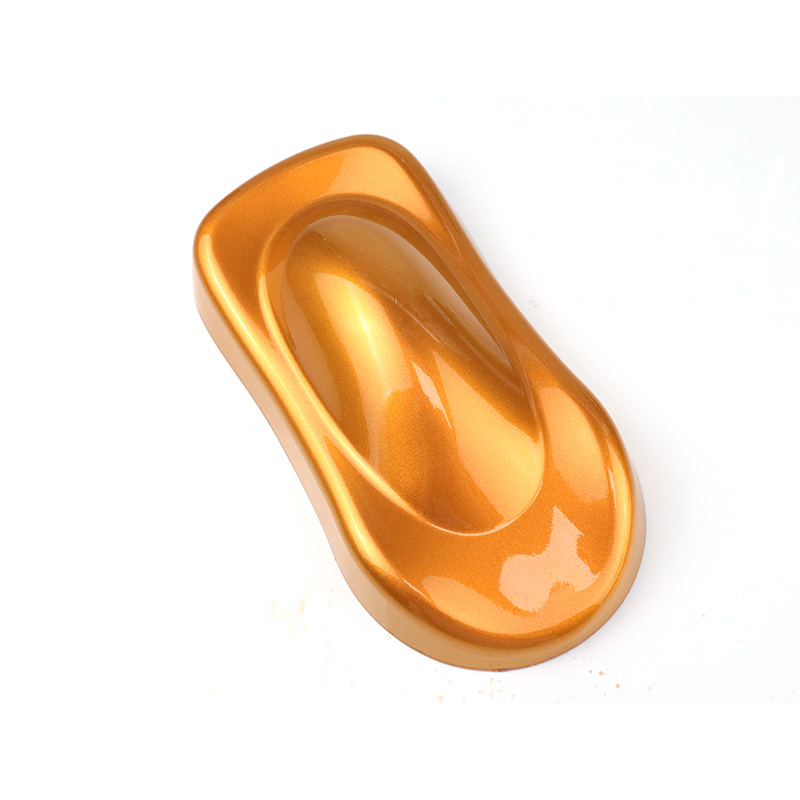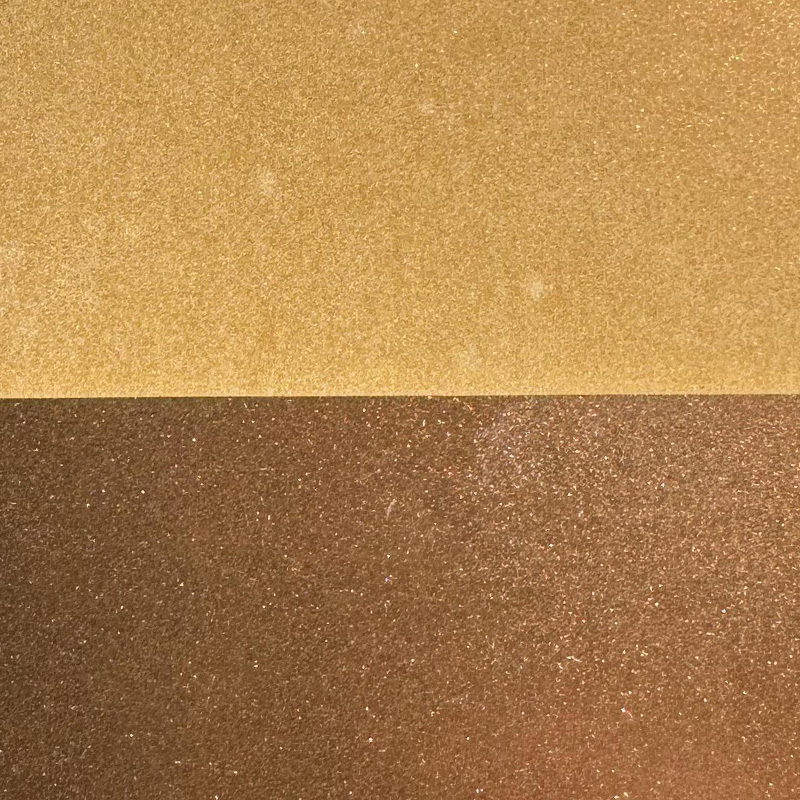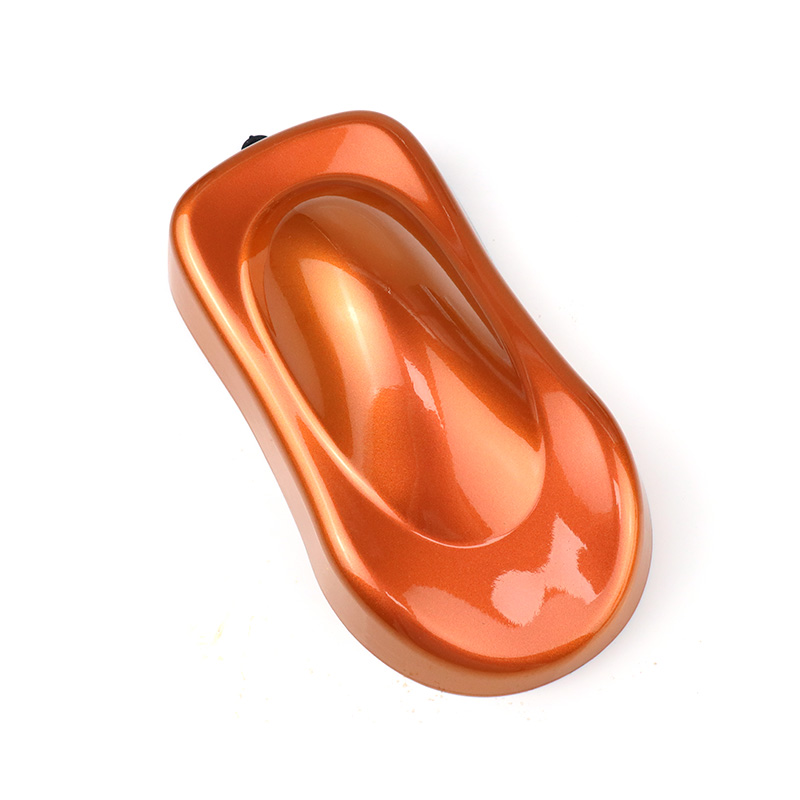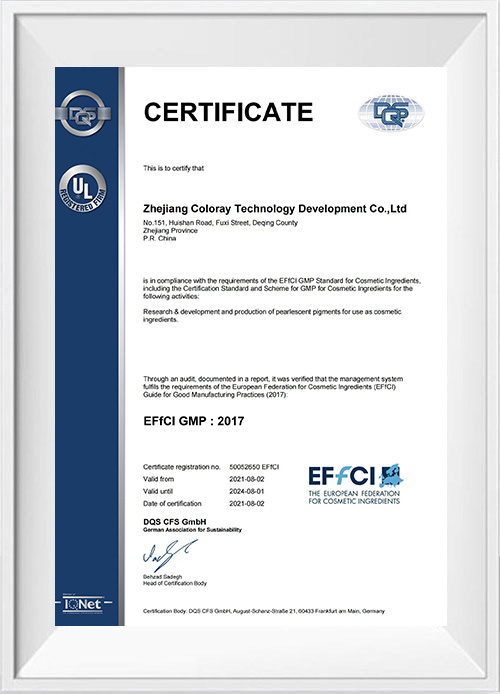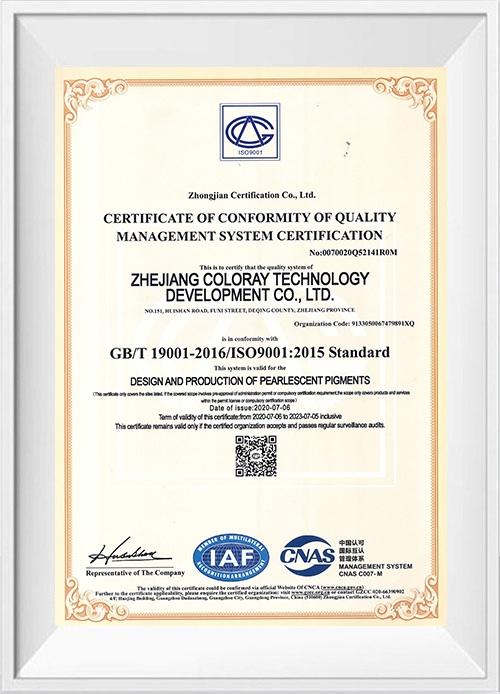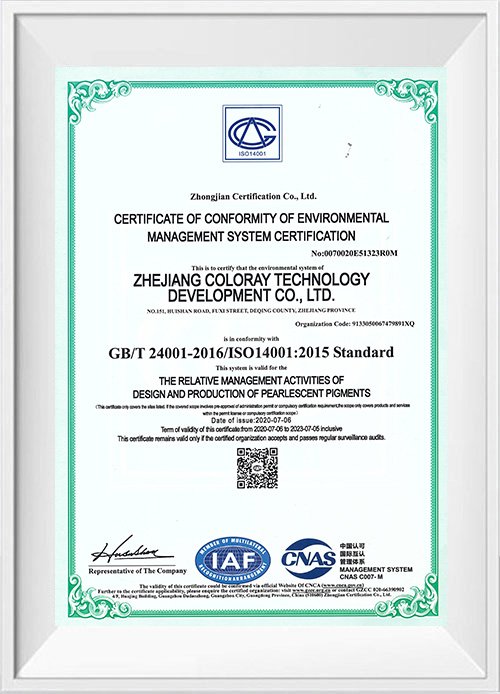What colors are available for new color pearlescent pigments?
New color pearlescent pigments usually provide a variety of color options, which can be customized and developed according to customer needs and market trends. The following are some common color pearlescent pigments:
Gold series: including different shades of gold, copper, bronze, etc., with warm tones and metallic luster effects.
Silver series: including silver, bright silver, dark silver, etc., with cool tones and metallic luster effects.
Copper series: including different shades of copper red, bronze, etc., often used for antique or high-end decorative effects.
White series: including pearl white, silver white, ice white, etc., with transparency and high gloss effects.
Black series: including deep black, flash black, iron gray, etc., used to create high contrast or luxury.
Rainbow series: including mixed or gradient effects of multiple colors, such as rainbow pearlescent pigments, can produce unique optical effects.
Transparent series: including transparent pearlescent pigments, which can produce transparent pearlescent effects on different base colors, often used for clear or special visual effects.
Bright colors: including bright pearlescent pigments such as red, blue, green, and yellow, suitable for decoration and artwork.
Natural colors: including brown, orange, purple, etc., used for bionic or natural-themed designs.
How is the rainbow color system of the new color pearlescent pigment achieved?
Rainbow color system is a special color effect with colorful spectrum and changing effect. For new color pearlescent pigments, the realization of rainbow color system involves complex optical design and pigment preparation technology. The following will discuss in detail how the rainbow color system is achieved, as well as the scientific principles and technical methods behind it.
Interference and diffraction: Interference and diffraction phenomena occur when light is reflected or transmitted at the boundaries of different media or on the surface of thin films. These phenomena determine the relative phase and intensity distribution of light at different wavelengths and angles.
Refractive index and wavelength selectivity: The refractive index of the material determines the speed and direction of light propagation in the medium, and the design of the pigment can selectively enhance or weaken light of a specific wavelength by controlling the propagation path and reflection mode of light of different wavelengths inside the pigment.
Multilayer film structure: The rainbow color effect is usually achieved by pigments with complex multilayer film structures. These film layers have different refractive indices and thicknesses, which produce different phase differences and interference effects when light is incident.
Multilayer stacked film structure: Rainbow color pigments are usually stacked by multiple layers of films, and the thickness and refractive index of each layer are precisely designed. These layers can be a combination of organic or inorganic materials, and the thickness of each layer determines how different wavelengths of light reflect and interfere within the pigment.
Optical thin film deposition: Thin film layers are deposited on the surface of the substrate using techniques such as physical vapor deposition (PVD) or chemical vapor deposition (CVD). These thin film layers can achieve specific optical properties, including reflection spectra and rainbow effects, by controlling deposition conditions and material selection.
Reflection and transmission control: By adjusting the thickness and refractive index of each layer, the reflection and transmittance of the pigment surface for different wavelengths of light can be controlled. This control enables the pigment to exhibit a rainbow-like spectral effect under specific observation angles and light source conditions.
Pigment matrix selection: Select a suitable matrix material to ensure the stability and accuracy of the thin film layer. Commonly used substrates include glass, plastic, metal, etc., and the specific choice depends on the application requirements and environmental conditions.
Typical rainbow color realization method: Typical rainbow color pigments are achieved by stacking multiple layers of dielectric films. Each layer has a different refractive index and thickness to achieve selective reflection and interference of different wavelengths of light. For example: the first film reflects and transmits specific wavelengths of light; the difference in refractive index between the second film and the first causes interference effects; more layers are added to enhance the iridescence effect, allowing the observer to see a continuous spectrum from violet to red. In some cases, the iridescence effect can also be achieved through intercalation or modulation layers, whose positions in the pigment can be precisely designed according to the desired color effect and optical properties.
